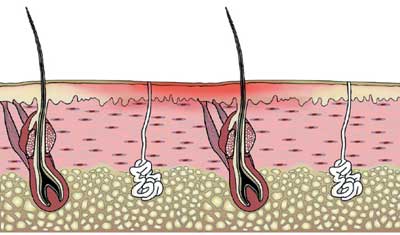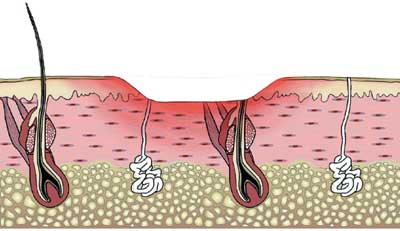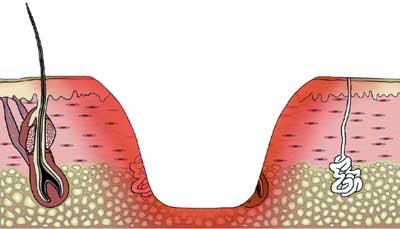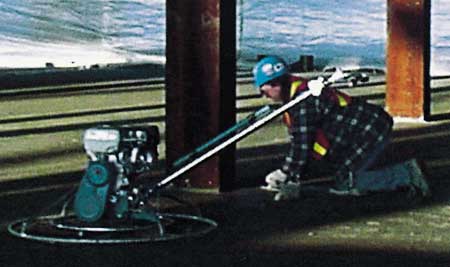New Berrima residents in Southern Highlands inhale Boral Cement dust everyday. Wingecarribee Council nor the EPA give a shit.
Health effects
Cement can cause ill health by skin contact, eye contact, or inhalation. Risk of injury depends on duration and level of exposure and individual sensitivity.
Hazardous materials in wet concrete and mortar include:
- alkaline compounds such as lime (calcium oxide) that are corrosive to human tissue
- trace amounts of crystalline silica which is abrasive to the skin and can damage lungs
- trace amounts of chromium that can cause allergic reactions.
Skin contact
The hazards of wet cement are due to its caustic, abrasive, and drying properties.
Wet concrete contacting the skin for a short period and then thoroughly washed off causes little irritation. But continuous contact between skin and wet concrete allows alkaline compounds to penetrate and burn the skin.
When wet concrete or mortar is trapped against the skin—for instance, by falling inside a worker’s boots or gloves or by soaking through protective clothing—the result may be first, second, or third degree burns or skin ulcers. These injuries can take several months to heal and may involve hospitalization and skin grafts.

First degree burn – outer skin layer

Second degree burn – middle skin layer

Third degree burn – deep skin layer
Ironically, severe cases often occur when personal protective clothing or equipment is worn. Wet concrete may get trapped inside rubber boots or gloves or gradually soak through coveralls. Concrete finishers kneeling on fresh concrete have had their knees severely burned. Corrosive bleed water from the concrete is absorbed by the worker’s pants and held against the skin for prolonged periods.

Without waterproof knee pads, kneeling on wet concrete can irritate or burn the skin
Cement dust released during bag dumping or concrete cutting can also irritate the skin. Moisture from sweat or wet clothing reacts with the cement dust to form a caustic solution.
Allergic skin reaction
Some workers become allergic to the hexavalent chromium in cement. A small yet significant percentage of all workers using cement will develop an allergy to chromium, with symptoms ranging from a mild rash to severe skin ulcers.
In addition to skin reactions, hexavalent chromium can cause a respiratory allergy called occupational asthma. Symptoms include wheezing and difficulty breathing. Workers may develop both skin and respiratory allergies to hexavalent chromium.
It’s possible to work with cement for years without any allergic skin reaction and then to suddenly develop such a reaction. The condition gets worse until exposure to even minute quantities triggers a severe reaction. The allergy usually lasts a lifetime and prevents any future work with wet concrete or powder cement.
Eye contact
Exposure to airborne dust may cause immediate or delayed irritation of the eyes. Depending on the level of exposure, effects may range from redness to chemical burns and blindness.
Inhalation
Inhaling high levels of dust may occur when workers empty bags of cement. In the short term, such exposure irritates the nose and throat and causes choking and difficult breathing. Sanding, grinding, or cutting concrete can also release large amounts of dust containing high levels of crystalline silica. Prolonged or repeated exposure can lead to a disabling and often fatal lung disease called silicosis. Some studies also indicate a link between crystalline silica exposure and lung cancer.

Dry cutting generates high levels of dust
Controls
The following are some basic recommendations for handling and using cement safely.
Personal protection
To protect skin from cement and cement mixtures, workers should wear:
- alkali-resistant gloves
- coveralls with long sleeves and full-length trousers (pull sleeves down over gloves and tuck pants inside boots and duct-tape at the top to keep mortar and concrete out)
- waterproof boots high enough to prevent concrete from flowing in when workers must stand in fresh concrete
- suitable respiratory protective equipment such as a P, N or R 95 respirator when cement dust can’t be avoided
- suitable eye protection where mixing, pouring, or other activities may endanger eyes (minimum—safety glasses with sideshields or goggles, under extremely dusty conditions, tight-fitting unvented or indirectly vented goggles. Don’t wear contact lenses when handling cement or cement products).
Tags: Blue Circle Corruption, Boral Cement corruption, New Berrima residents in Southern Highlands inhale Boral Cement dust everyday.
New Berrima residents in Southern Highlands inhale Boral Cement dust everyday.
No comments:
Post a Comment